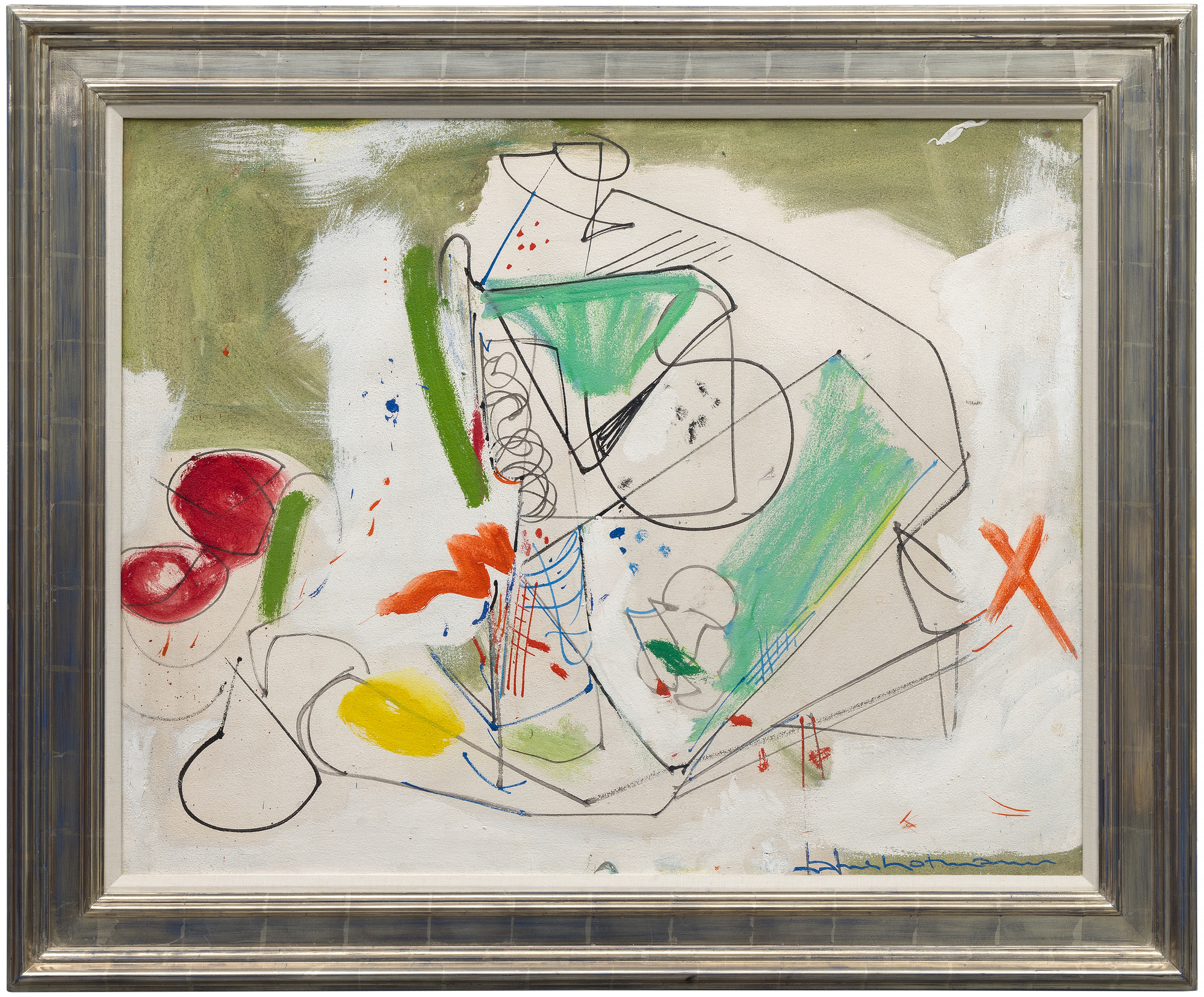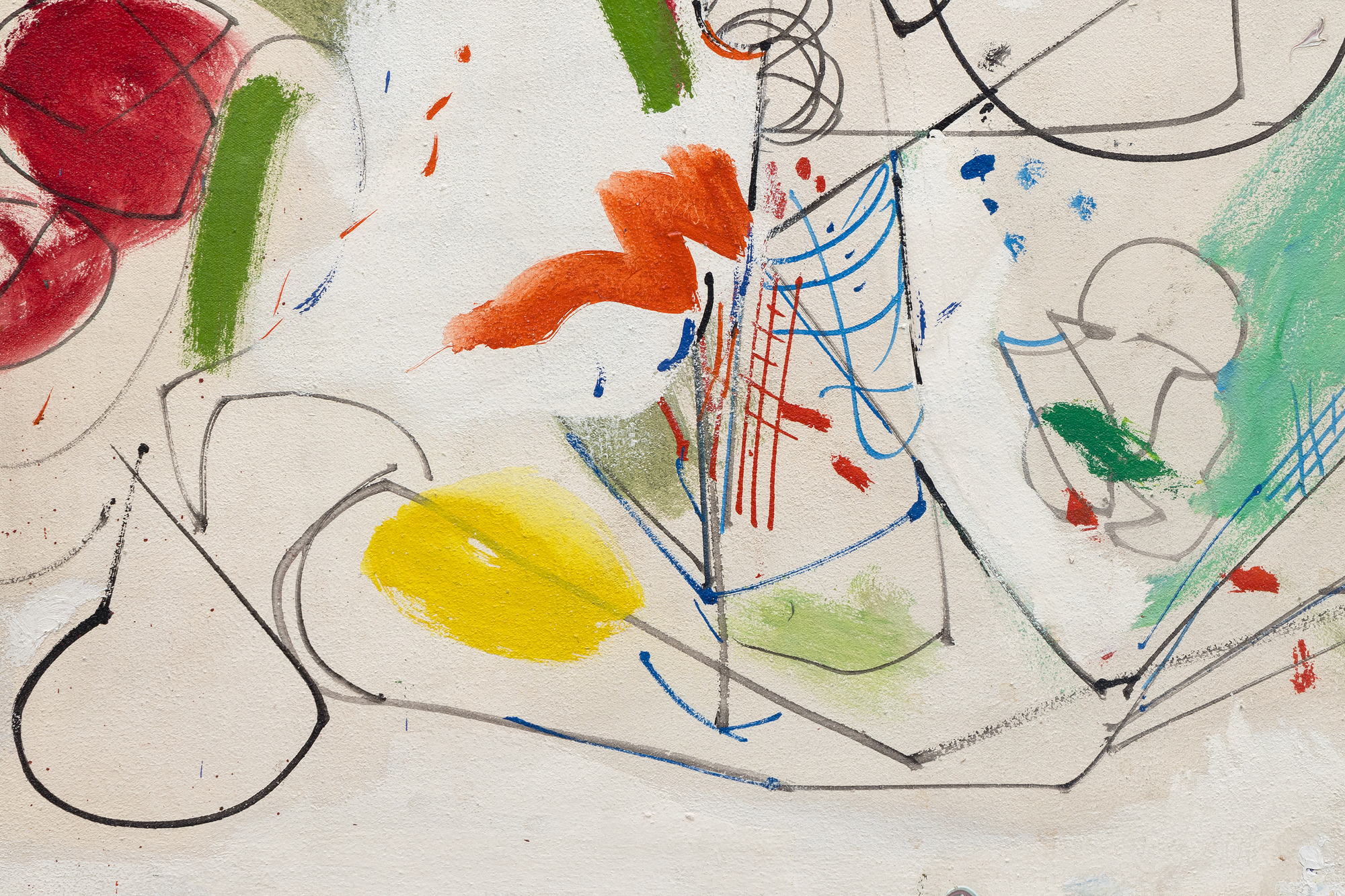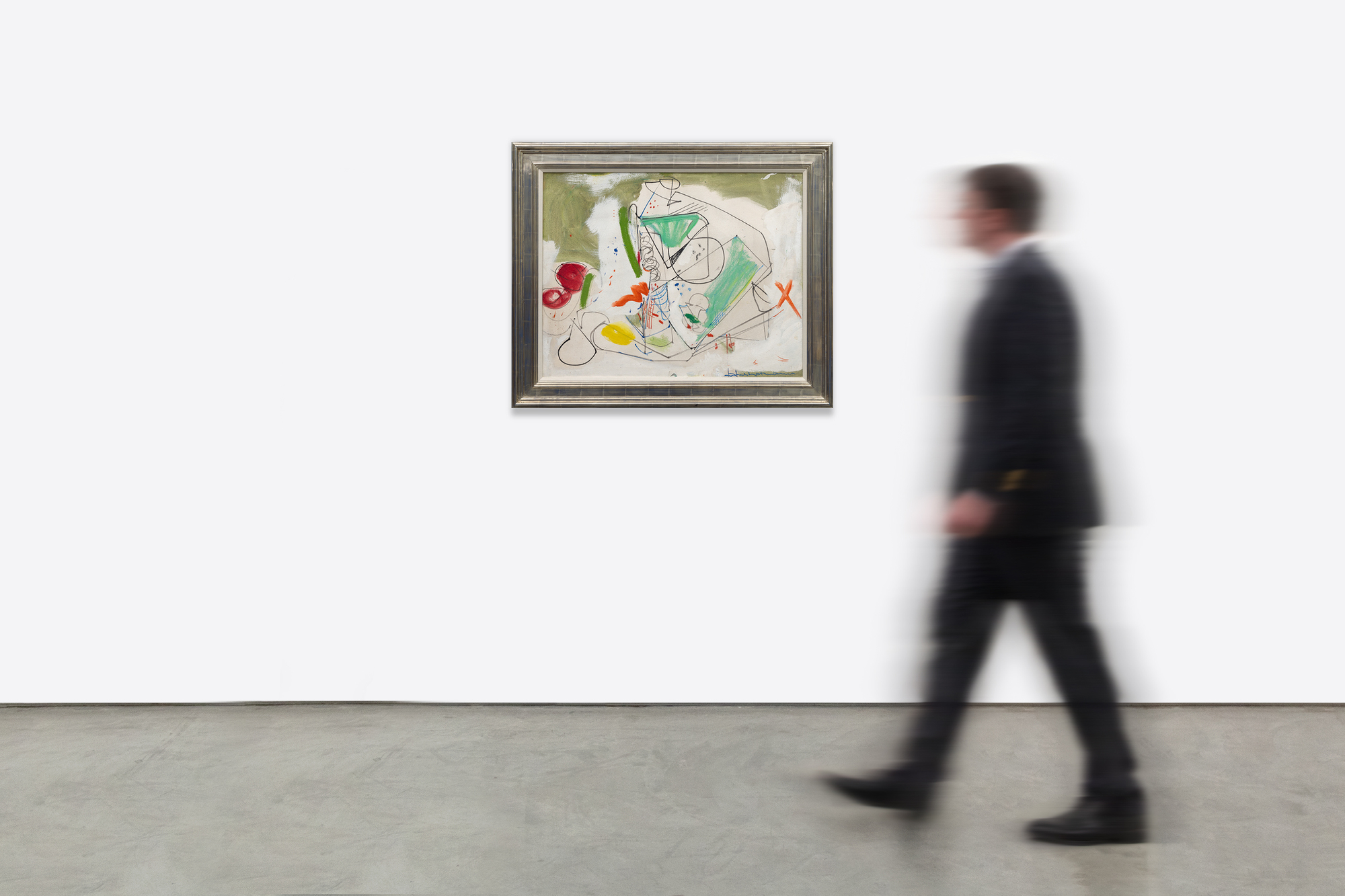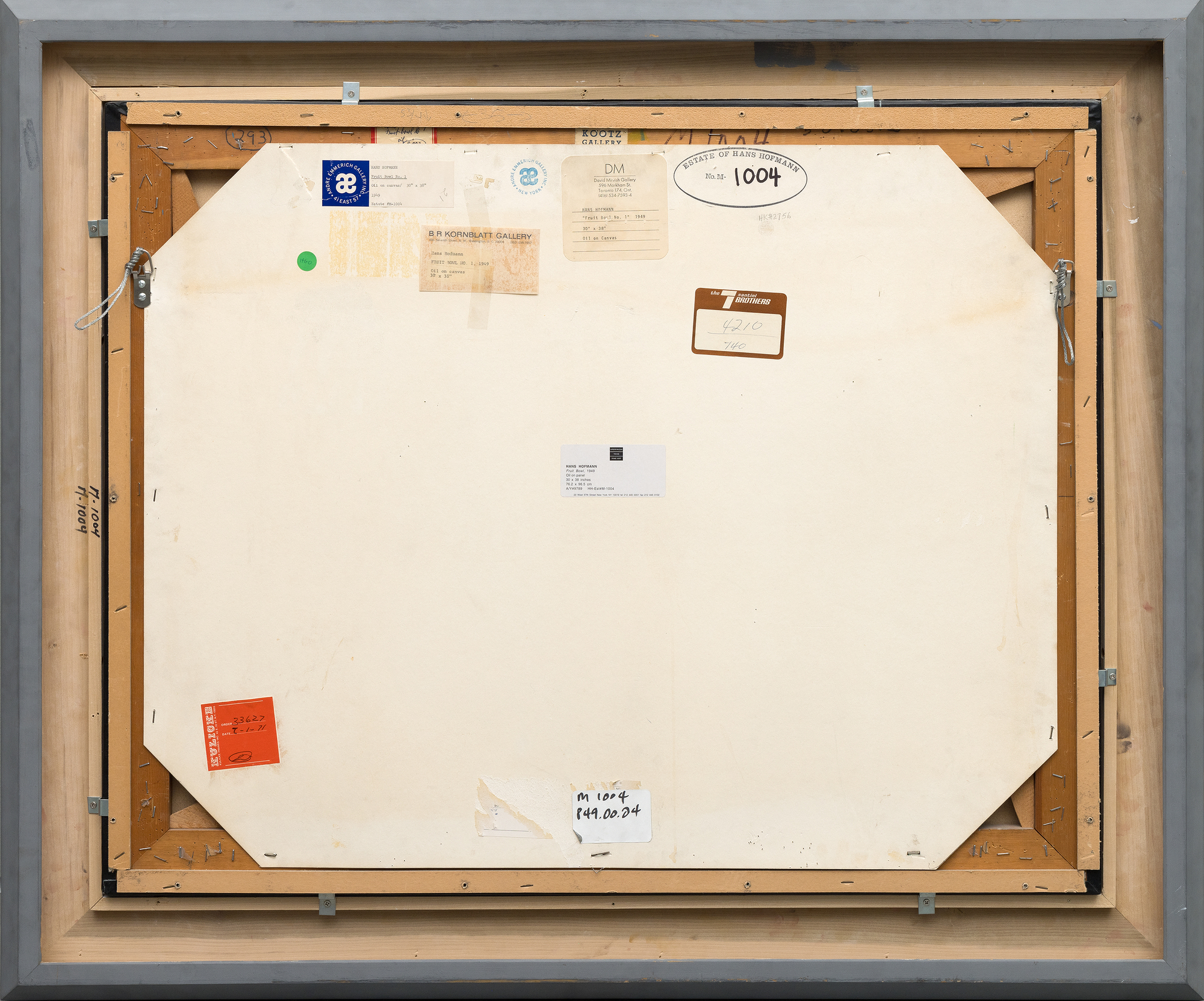HANS HOFMANN (1880-1966)










Provenance
Collection de l'artiste, New York, New YorkThe Renate, Hans and Maria Hofmann Trust, New York, New York
Ameringer & Yohe Fine Art, New York, New York
Collection privée, New Jersey
Exposition
New York, New York, Kootz Gallery, Résumé de la saison 1950-51, 4-29 juin 1951Boston, Massachusetts, Harcus Krakow Rosen Sonnabend Gallery, Peintures de Hans Hofmann, 17 novembre - 22 décembre 1973
Toronto, Canada, Marianne Friedland Gallery, Hans Hofmann : Major Painting and Works on Paper, 4 - 25 avril 1981
New York, New Yor...Plus.....k, Ameringer Yohe Fine Art, Hans Hofmann : The Unabashed Unconscious : Réflexions sur Hofmann et le surréalisme, 30 mars - 27 avril 2006
Littérature
Kootz Gallery, Resumé of 1950-51 Season, New York, 1951, cat. no. 10, en tant que Fruit BowlMarianne Friedland Gallery, Hans Hofmann : Major Painting and Works on Paper, Toronto, 1981
Cynthia Goodman, Hofmann : Abbeville Modern Masters, New York 1986, p. 37.
Jed Perl, Hans Hofmann, the Unabashed Unconscious : Reflection on Hofmann and Surrealism, New York, 2006, p. 40 (illustré en couleur)
Suzi Villiger, Hans Hofmann : catalogue raisonné des peintures, volume II, Surrey, 2014, HH cat. no. 327-1949, p. 453 (illustré en couleur)
...MOINS..... Prix380,000
Fruit Bowl #1 reflète le dialogue continu de Hofmann avec les anciens modernistes européens tout en poussant vers les instincts plus libres de l'expressionnisme abstrait américain. Souvent critiquées comme étant en décalage avec la domination croissante de l'abstraction gestuelle, les peintures de cette période de la carrière d'Hofmann restent les siennes, vibrantes, exploratoires et résolument personnelles.


